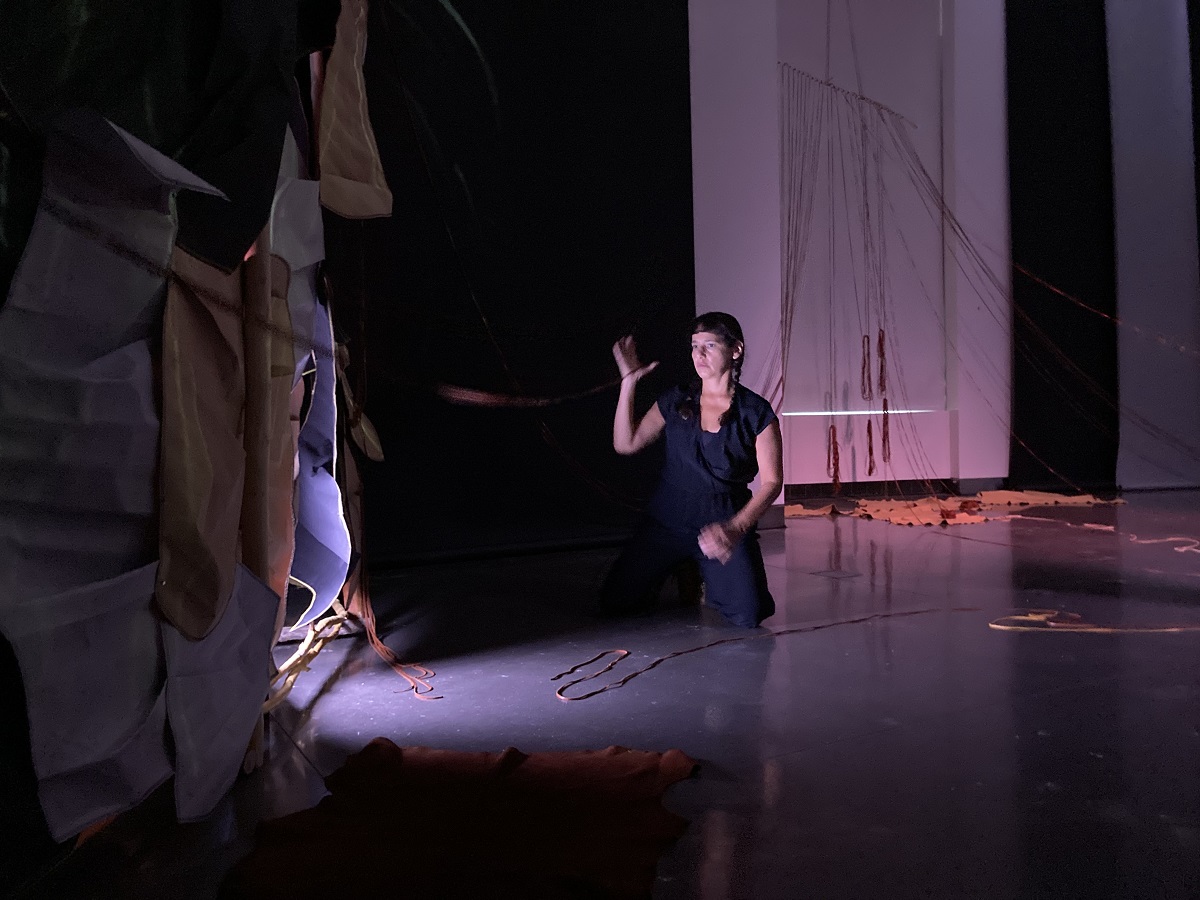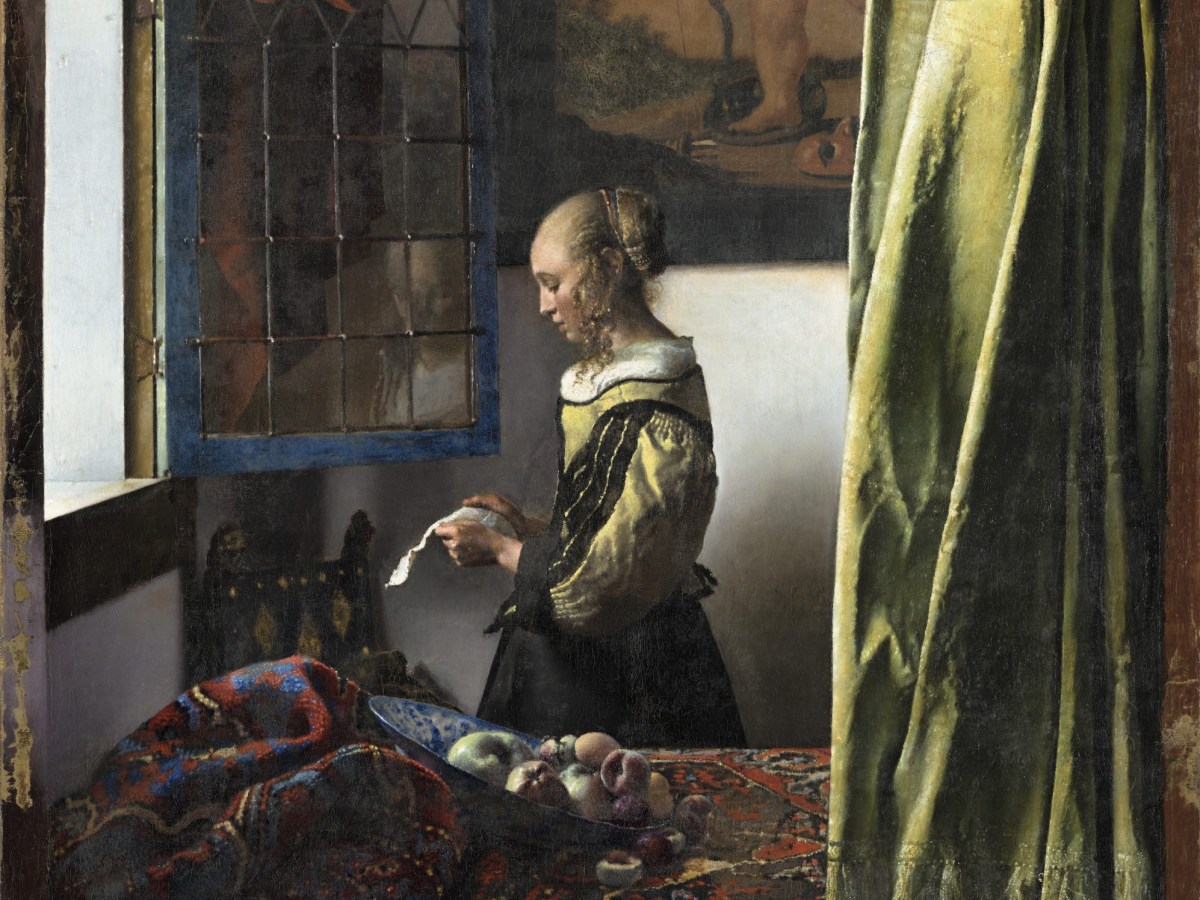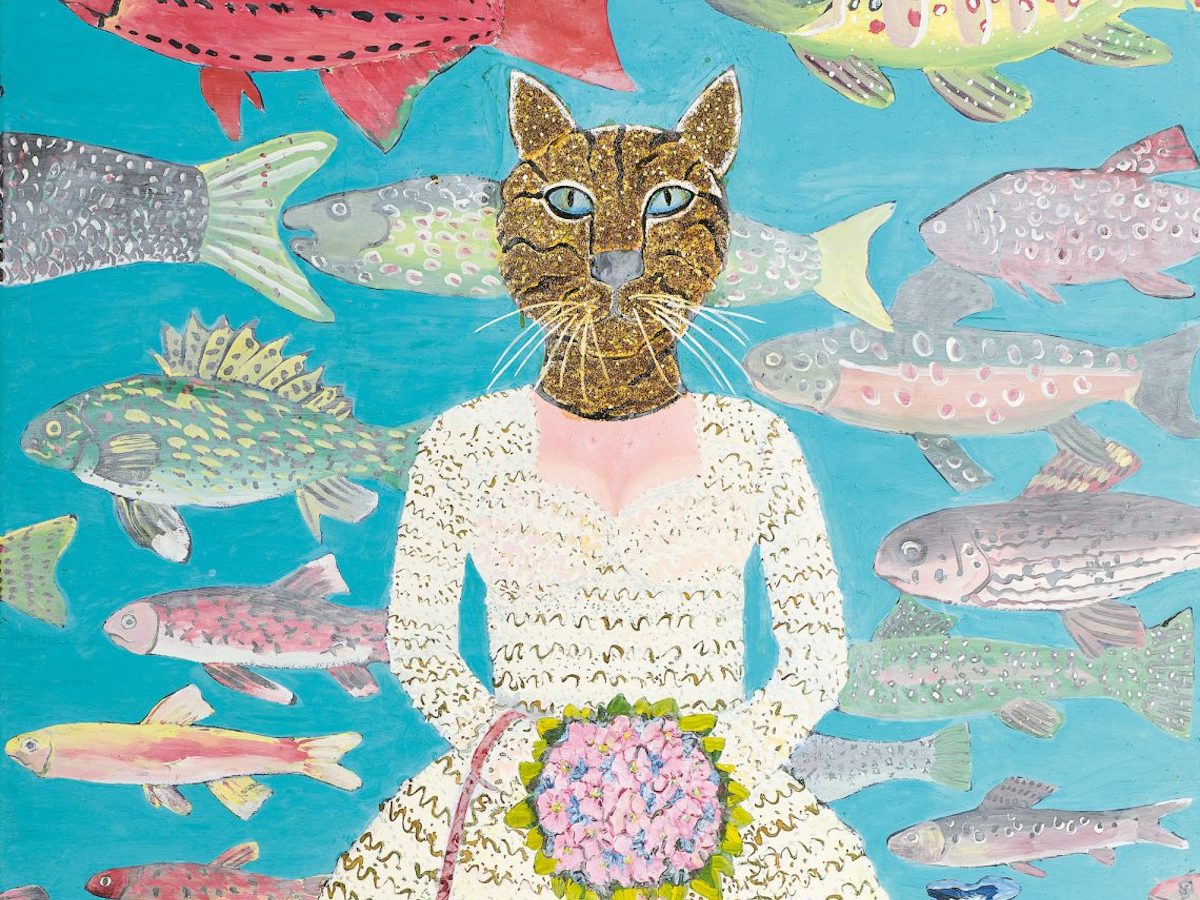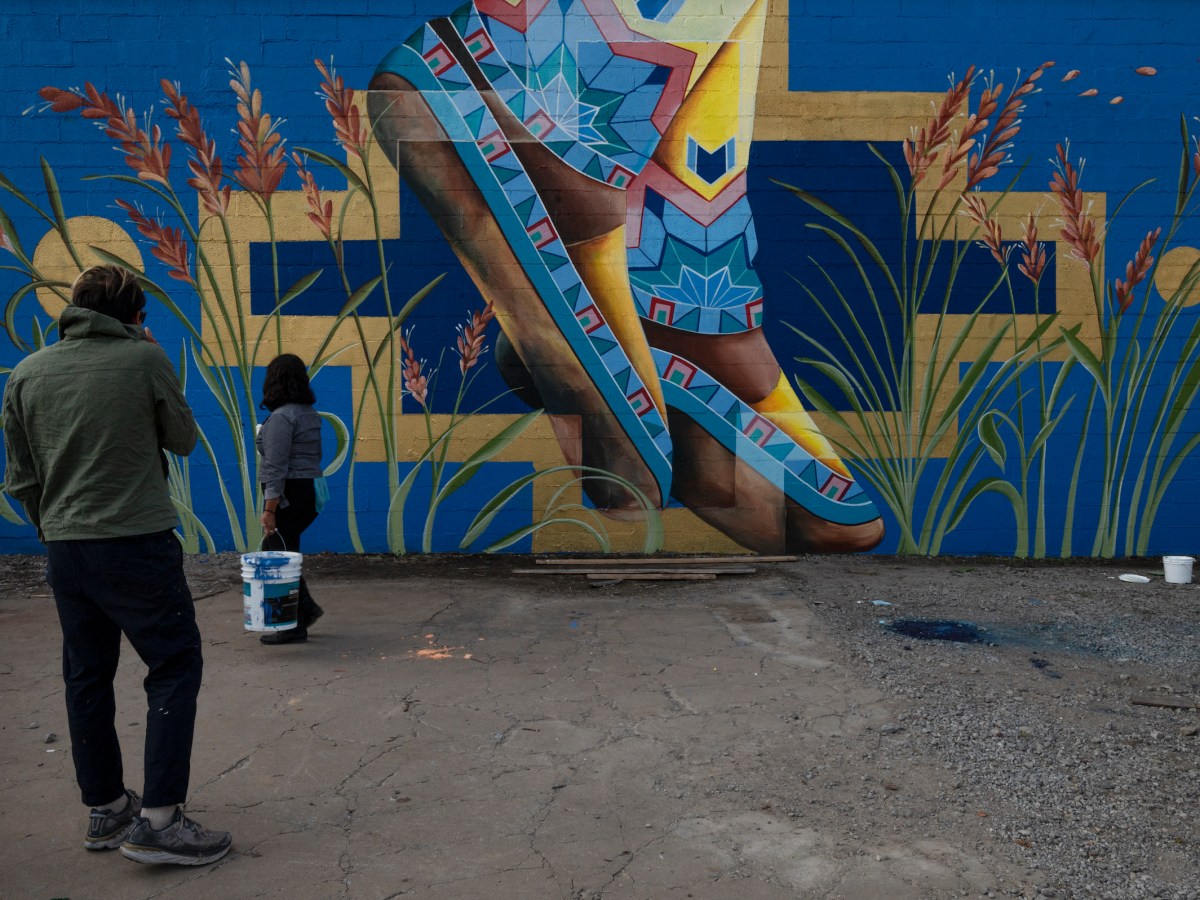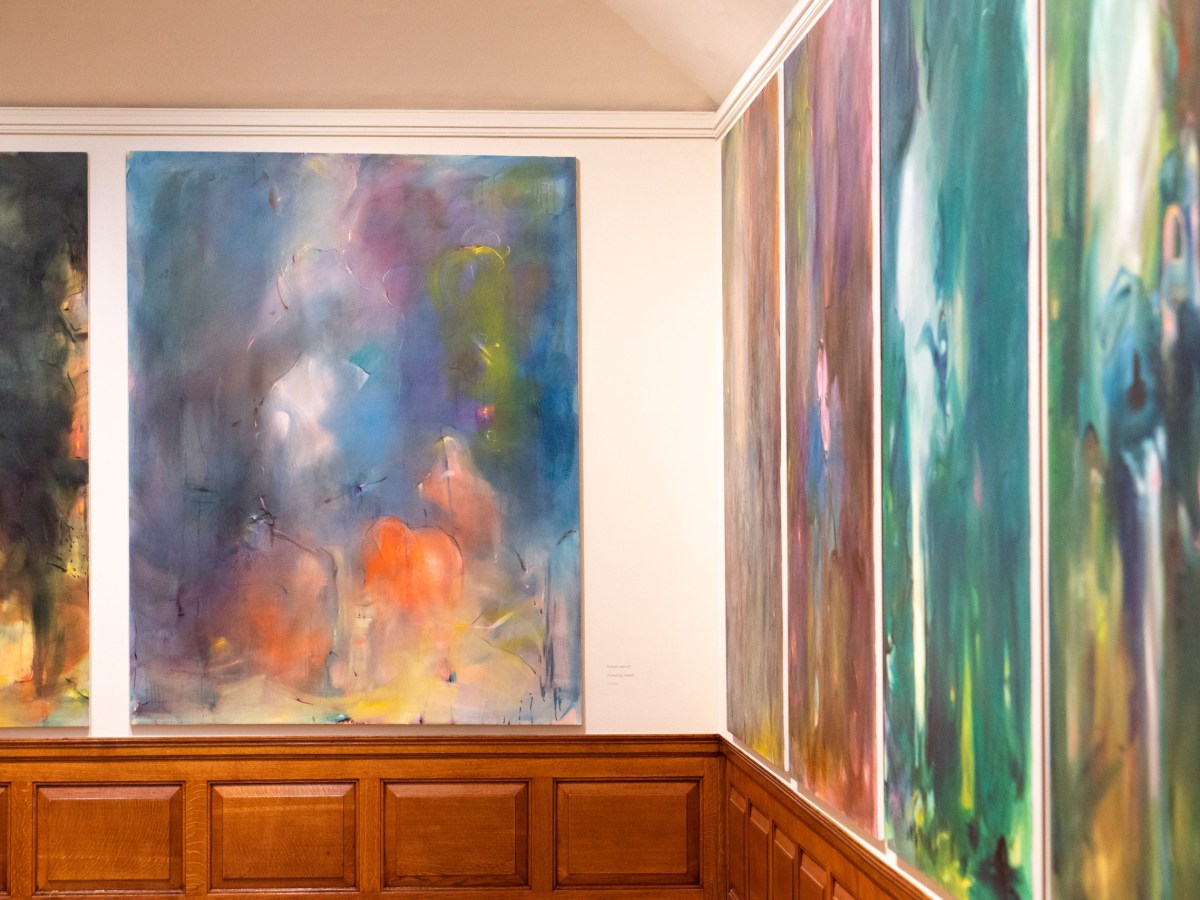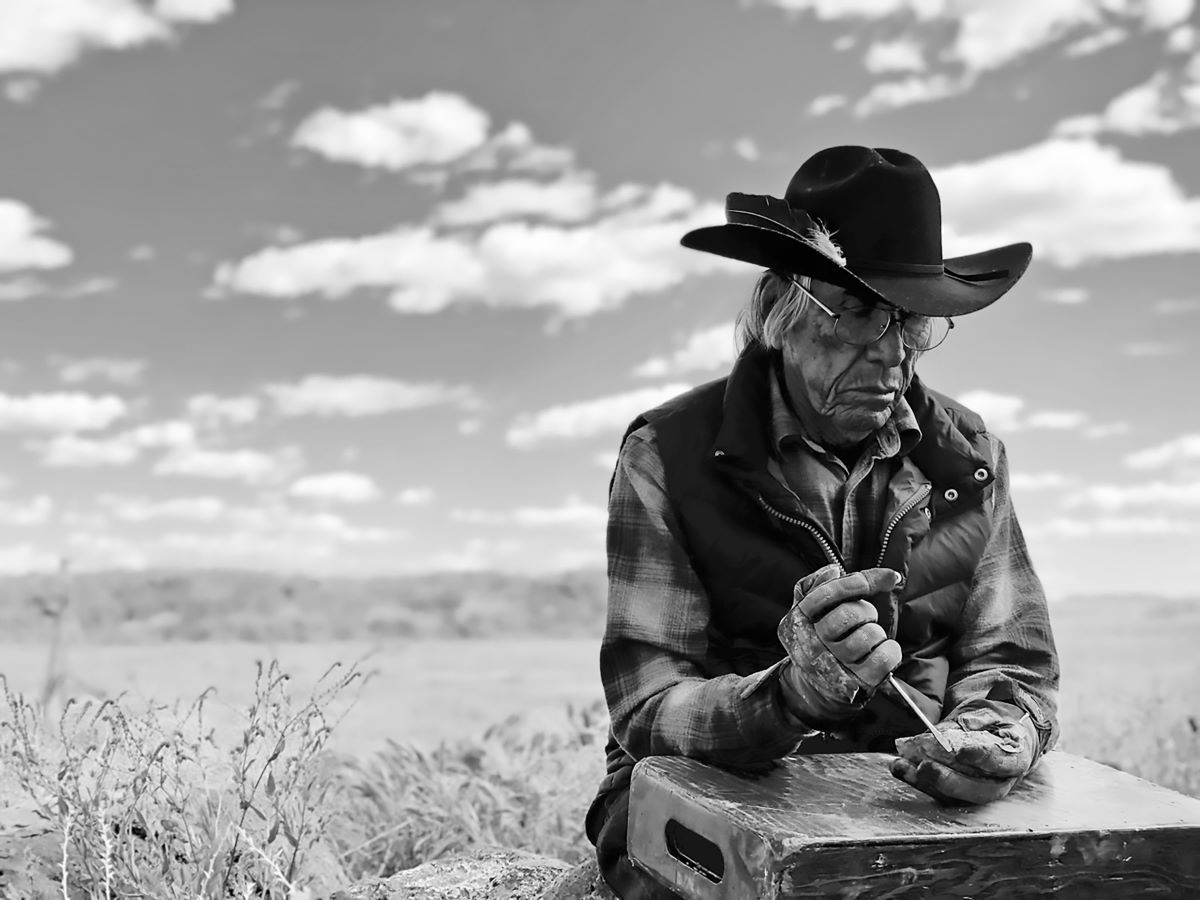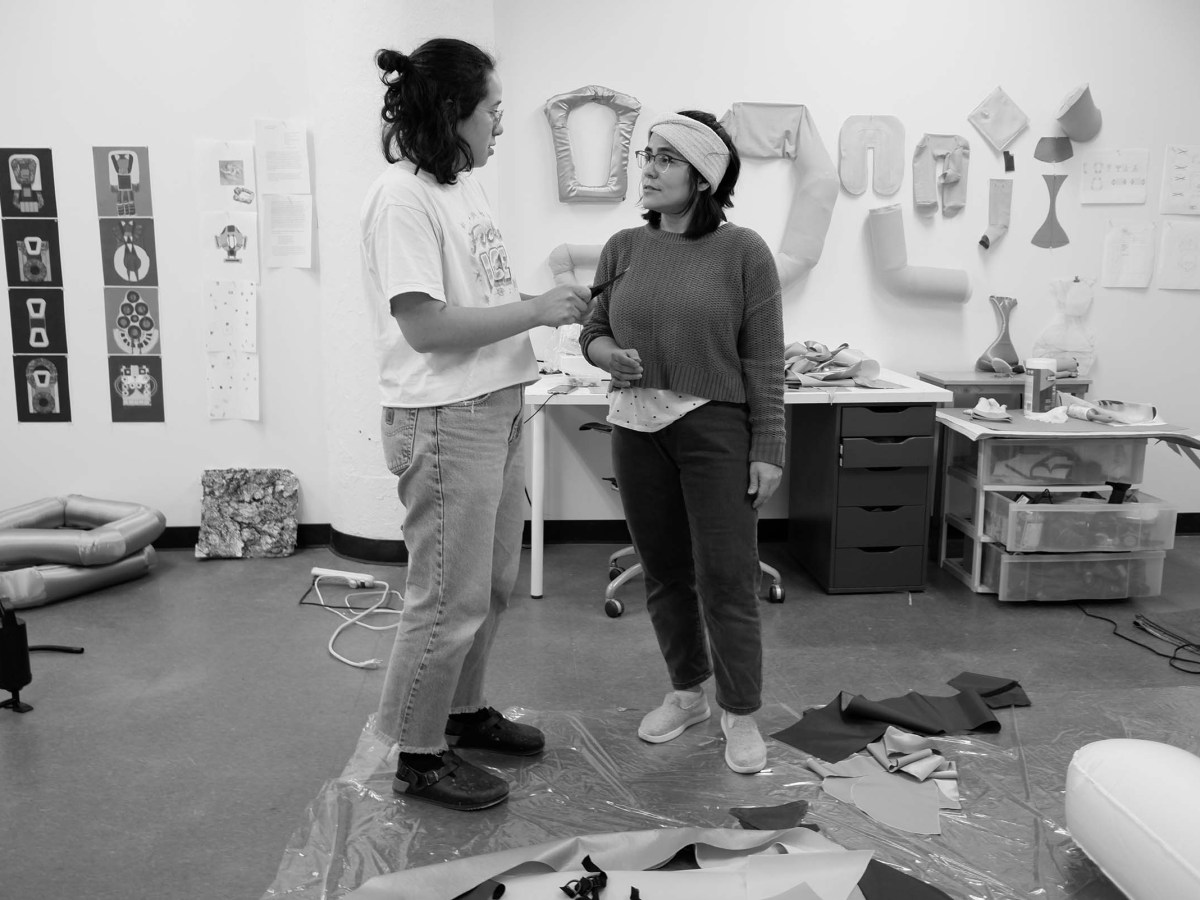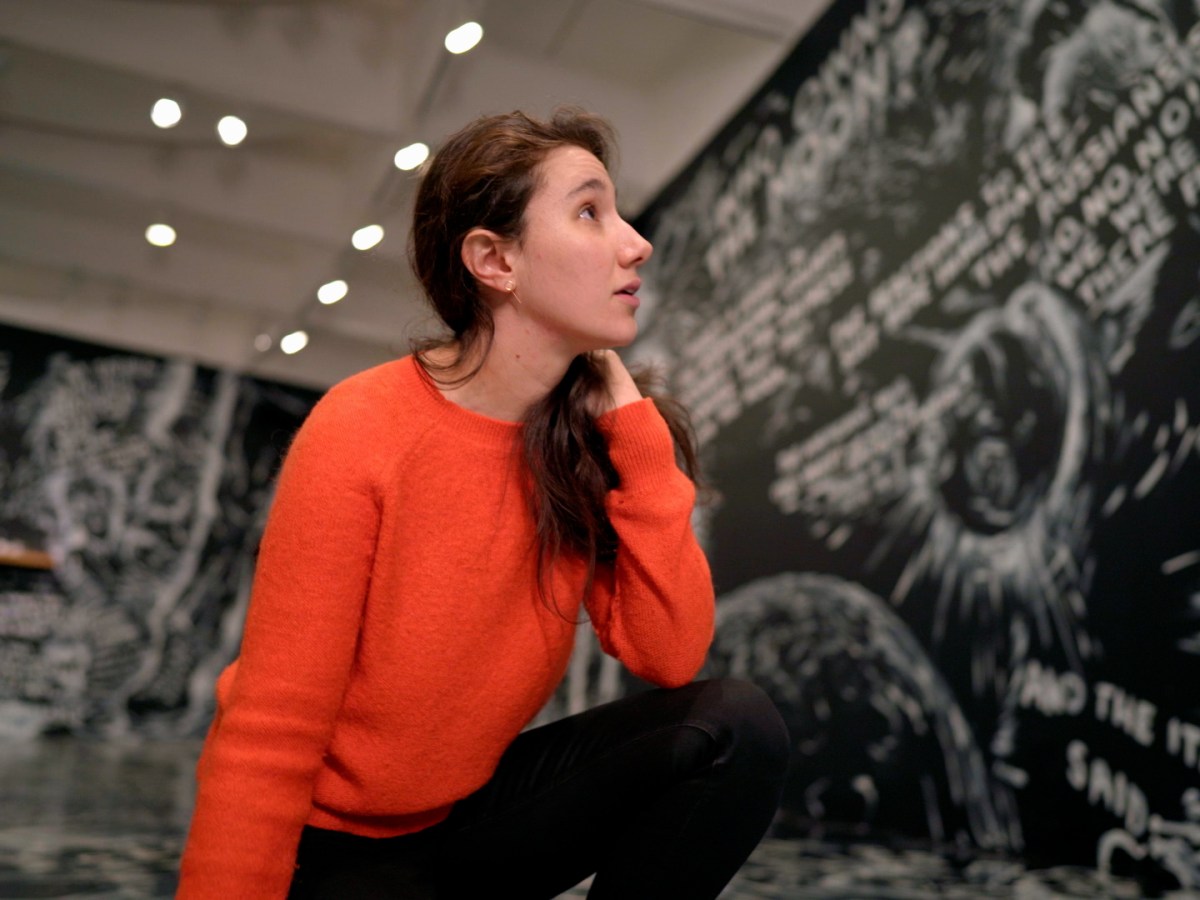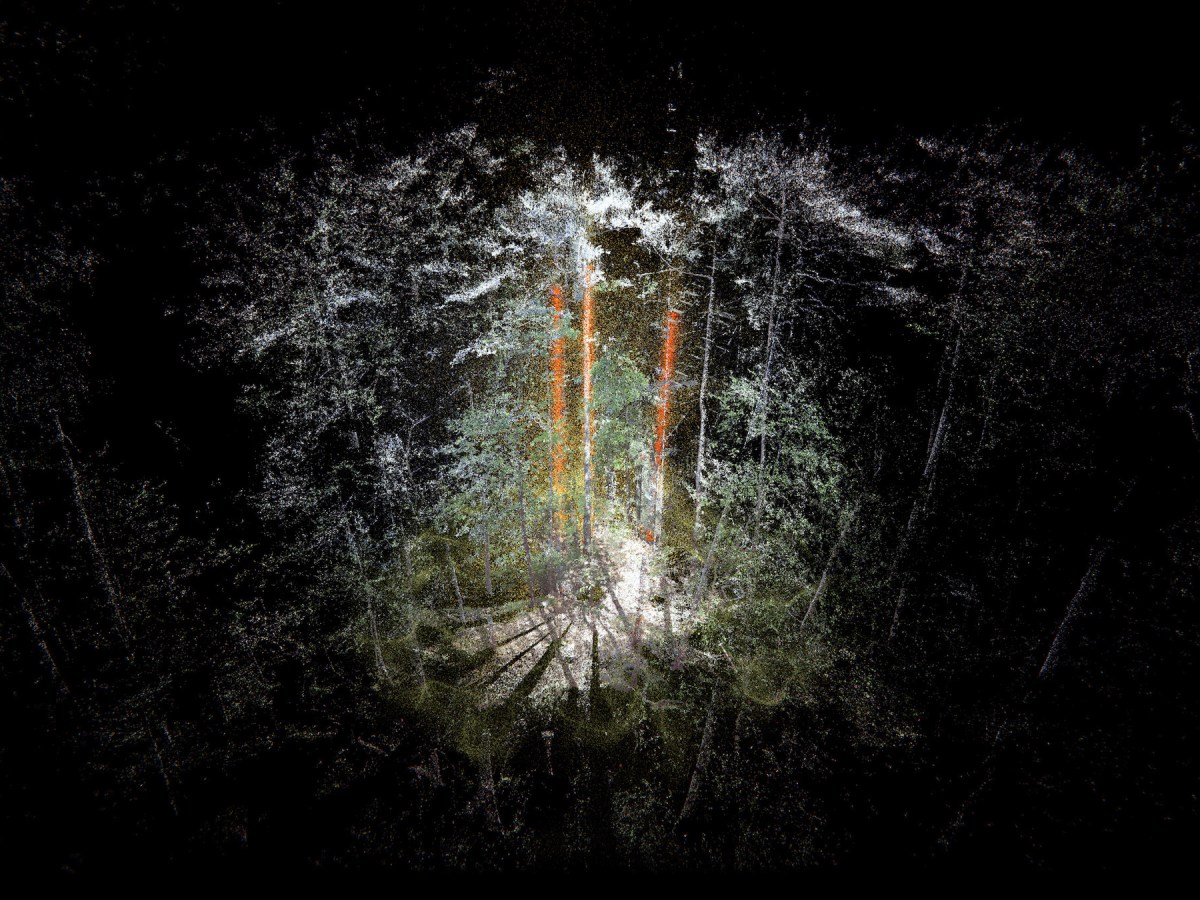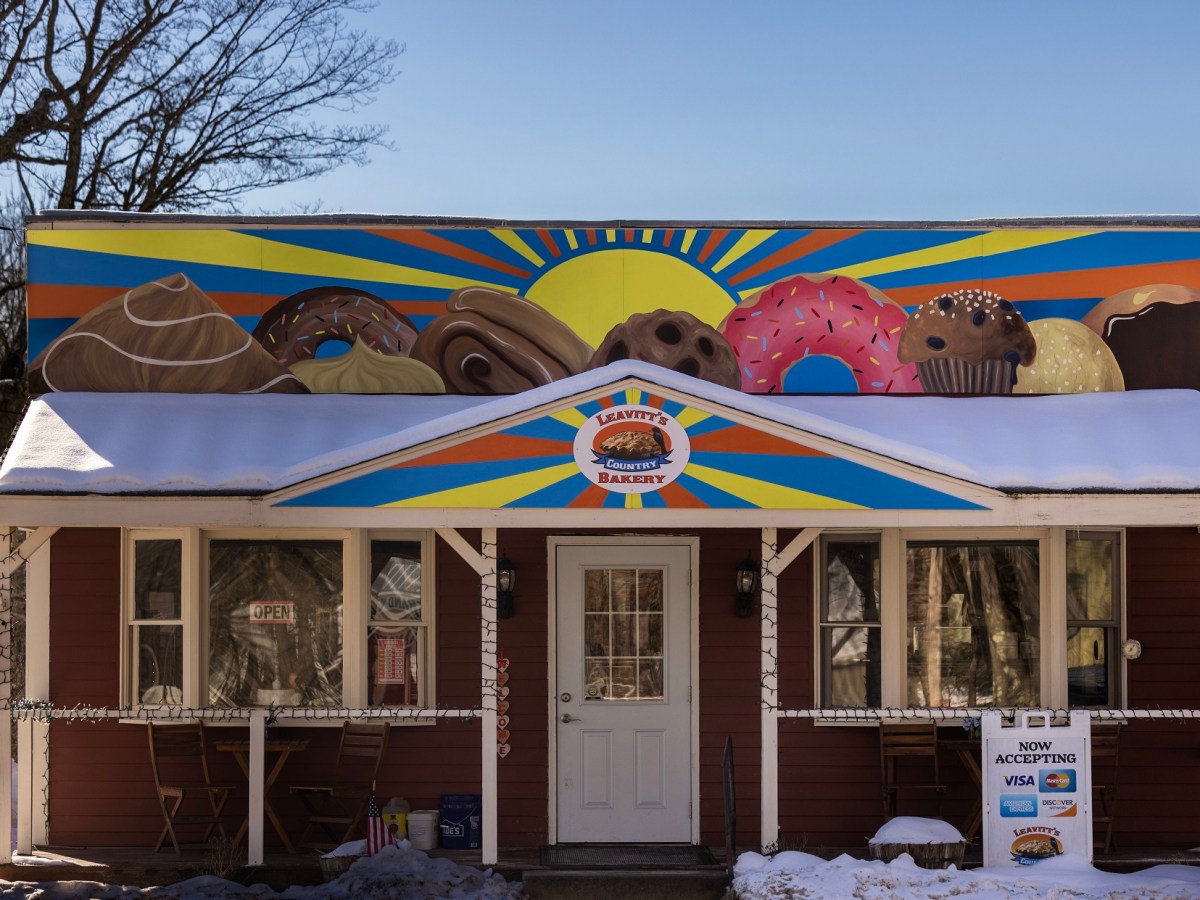MINNEAPOLIS — In pre-colonial America, Jigonhsasee helped orchestrate a pact among the Iroquois nations, known in their language as the Haudenosaunee, and form a confederacy. An ally of the Great Peacemaker and Hiawatha, her name translates to “she who lives on the road to war.” That’s the title of an installation and dance performance conceived by interdisciplinary artist Rosy Simas (Seneca, Heron Clan) along with her team of collaborators. The work holds a dual premiere at the Weisman Art Museum, one of the co-commissioning partners, and All My Relations, a contemporary Native gallery located in the heart of the Minneapolis urban Native community.
In an intimate woodsy setting, the fire’s flicker — evoked through Simas’s video design and lighting created in consultation with Heidi Eckwall — is a source of moving light. It harkens to the story of Jigonhsasee bringing warriors from different tribes together at her hearth.
Amidst the fire’s illumination, dancers act as vessels for their internal sensations, mapping ancestral experiences and cultural practices in the body. Jigonhsasee’s journey toward peace lives on in the blood cells of her descendants — represented by the dancers, both Native and non-Native, who move with synaptic specificity — blood coursing, and neurons moving through the cells as imagery and metaphor translated in the body. They shake in a frenzied sadness, and find solace and rest through meditative movement.
The piece invites grief, rest, and healing after the immense losses experienced during the COVID-19 pandemic. I could not help but also see the work as a response to the country’s acute reckoning with systemic racism since former Minneapolis police officer Derek Chauvin murdered George Floyd.
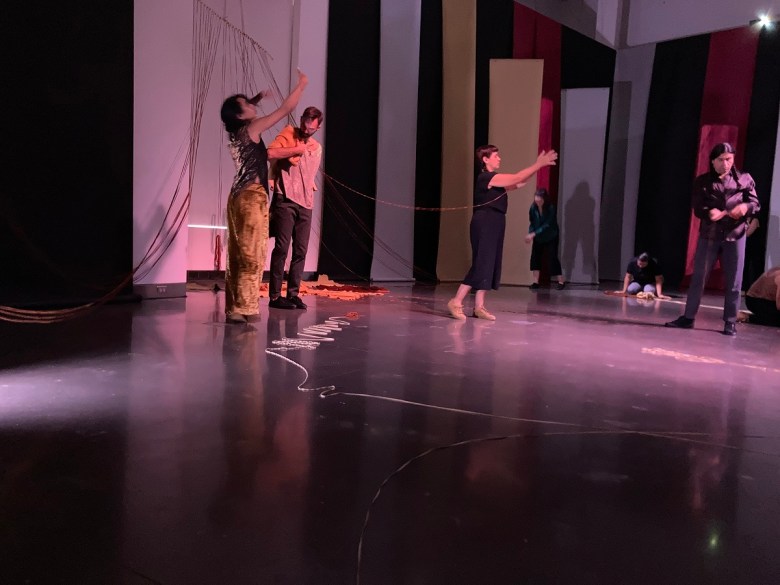
At the Weisman, the dancers begin with a hypnotic promenade. The prologue through the museum’s lobby and front gallery emits a presence of ritual. Bodies move one by one as if through water. The dancers’ eyes have a soft focus, and some carry leather hides or stringy cords. One holds cloth to their face, in a gesture of grief. Meanwhile, François Richomme’s densely layered sound design begins by evoking chirping sounds and whispering wind.
Leading the audience, the dancers enter an installation that features a giant structure that looms toward the ceiling. Lit internally, it is accented with maple leaves made of paper. The performers never enter the somewhat domed dwelling, yet its presence as a place of rest, with firelight streaming through the front opening, is clear.
With slow, focused movements, the dancers distribute cords that have been spread out on the floor to the audience. The cords elicit bodily viscera, which mirrors the movements. As Richomme’s sounds of crashing water and echoing, cracking noises fill the room, the dancers undulate, rock, and jiggle. They reach toward a space of release, tapping primordial energy as they interact and build communion with each other. Through minute and specific fluid movements, they engage in tasks aimed at care and solace — whether that be through touching one another or taking space for emotion, relaxation, and grief.
Simas’s video projection conjures images of branches, or perhaps ice. It has an interstitial quality, much like the choreography and Richomme’s sound design. Through abstracted movement and imagery, the artists invite us to remember the story of Jigonhsasee, who came to see peace as the way forward.
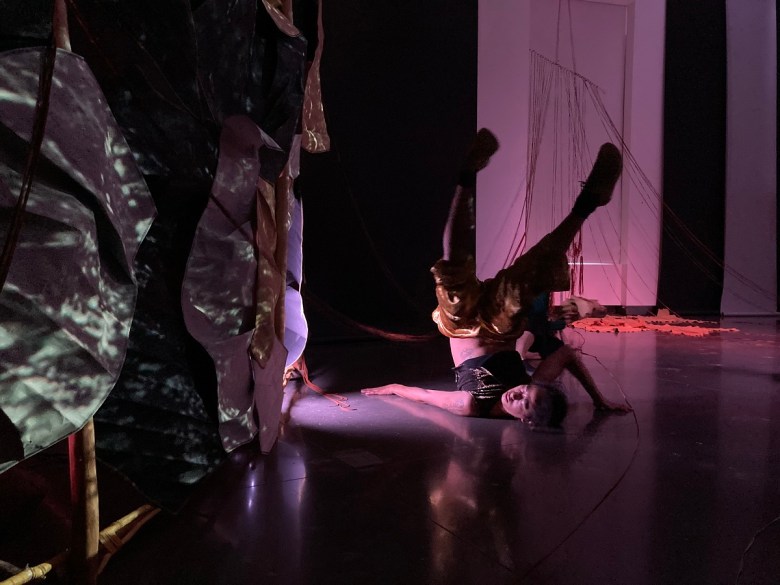
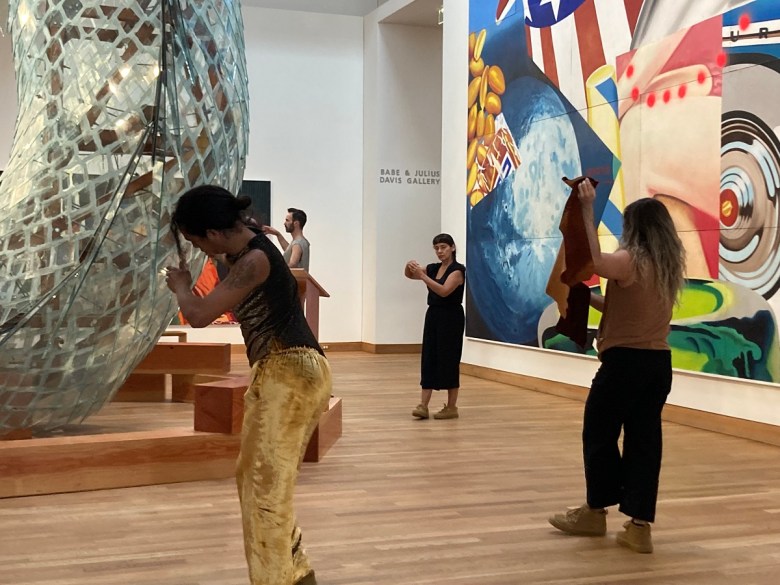
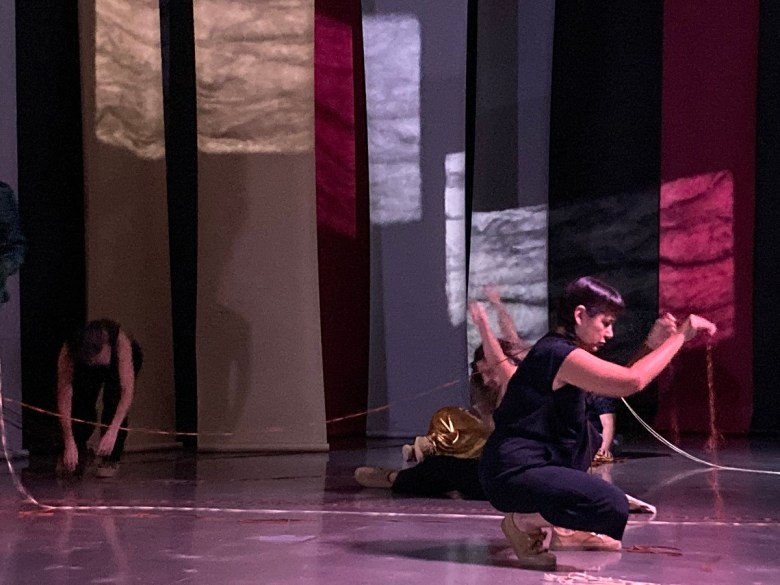
She Who Lives on the Road to War continues at the Weisman Art Museum (333 East River Road, University of Minnesota, Minneapolis, Minnesota) through February 5, 2023, with scheduled performances through December 4, and at All My Relations (1414 East Franklin Avenue, Minneapolis, Minnesota) through December 15, with performances through November 20. The show was jointly organized by the museum and the gallery.

